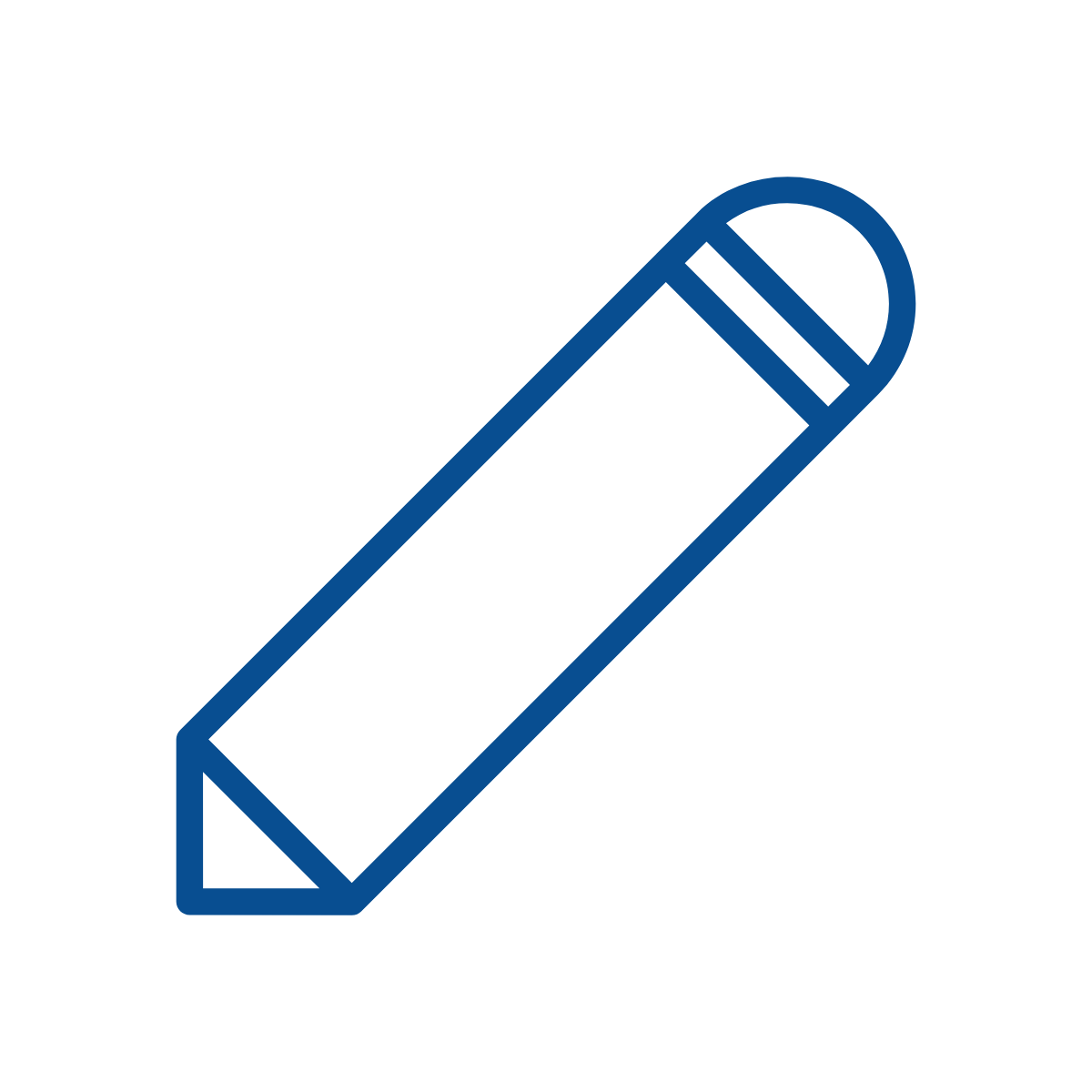- Accueil
- EN
- Studying at ULB
- Find your course
- UE
-
Share this page
Fundamentals of biomaterials
Course teacher(s)
Mohammadamin SHAVANDI (Coordinator)ECTS credits
5
Language(s) of instruction
english
Course content
A glimpse of the course
The course covers the fundamentals of the design, properties, and application of biomaterials in the field of tissue engineering, and provides an overview of engineering approaches to create tissue scaffolds, facilitate their functions, and study and manipulate cell and tissue functions.
• Introduction and application of biomaterials
- The requirements imposed on tissue scaffolds and their development
- Various scaffold-fabrication techniques
- Structural and chemically degradable biomaterials
• Biomaterials classes and approaches for creating 3D constructs
- Ceramics and glasses as biomaterials
- Polymeric and biopolymeric materials
- Hydrogels as biomaterials including crosslinking techniques
- Micro- and nanoparticles
- Extracellular matrix-mimicking biomaterials
- Properties and characterization of biomaterials
• Emerging approaches and biomaterials applications
- Tailoring materials for stem cell biology
- Engineered living materials based on bacteria and graphene-based materials
- Tissue engineering for cancer
- Macro and micro-materials for tissue engineering
- Biomaterials in soft tissue engineering e.g. salivary glands and skin
- Immune tissue engineering and organoids
Objectives (and/or specific learning outcomes)
Differentiate the various classes of biomaterials on the basis of structure and function; Diffrentiate various analytical methods based on their use to characterize bulk and surface properties of biomaterials; Differentiate various biomedical devices based upon function, biomaterial composition, describe various practical aspects of biomedical device fabrication and testing; Develop critical analysis of biomaterials and their method of application; Understand the future need of medical device companies; Learn to communicate advances and insufficiency of biomaterials and write a critical report on the current state of biomaterials using the existing body of the literature on a specific topic
Teaching methods and learning activities
The course is immersive, delivered through a combination of lectures using slides, videos, short animations, and guest lectures from esteemed researchers in this field along with small group discussions.
References, bibliography, and recommended reading
Comprehensive Biomaterials II ISBN 978-0-08-100692-4
Course notes
- Université virtuelle
Contribution to the teaching profile
• To acquire knowledge about the development, properties, design, and biocompatibility of biomaterials and become familiar with state-of-the-art progress in this field of biomaterials engineering.
• To acquire knowledge on advanced biomaterials such as nanomaterials and natural materials.
• In-depth knowledge and understanding of current used biomaterials with the specificity of their application
• The consciousness of the ethical, social, environmental, and economic context of biomaterials and tissue engineering and being able to better define objectives and design an action plan to achieve those objectives.
• The flexibility and adaptability to work in an international and/or intercultural context and evaluate own performance in the team, and receive and respond to feedback.
• An attitude of lifelong learning as needed for the future development of her/his career, employ a work methodology appropriate to each task and can communicate effectively across different languages and cultures.
Other information
Evaluation
Method(s) of evaluation
- Personal work
- Oral presentation
- Group work
- Other
- Written report
Personal work
Oral presentation
Group work
Other
Written report
small tests, report preparation, and presentation. (All details, guidelines, and formatting are available in the class Team folder/UV)
Language(s) of evaluation
- english
